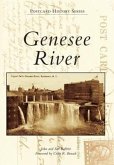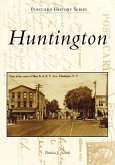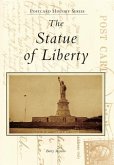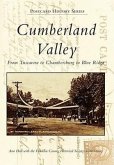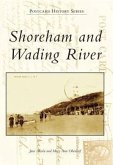In 1645, English immigrants settled in Vlissengen, an area of Queens now known as Flushing. After bitter disagreements with Governor Stuyvesant over the issue of religious freedom, they produced the Flushing Remonstrance, one of the first public statements defending the separation of church and state. The village of Flushing was incorporated into the larger New York City area in 1898, and the community soon became famous for its beautiful tree-lined streets, a reminder of its rich horticultural heritage. The Bowne House, the First Quaker Meetinghouse, Kingsland Homestead, Flushing Town Hall, and St. George's Church are a few of the buildings known for their architectural merit and historic significance.
Hinweis: Dieser Artikel kann nur an eine deutsche Lieferadresse ausgeliefert werden.
Hinweis: Dieser Artikel kann nur an eine deutsche Lieferadresse ausgeliefert werden.



